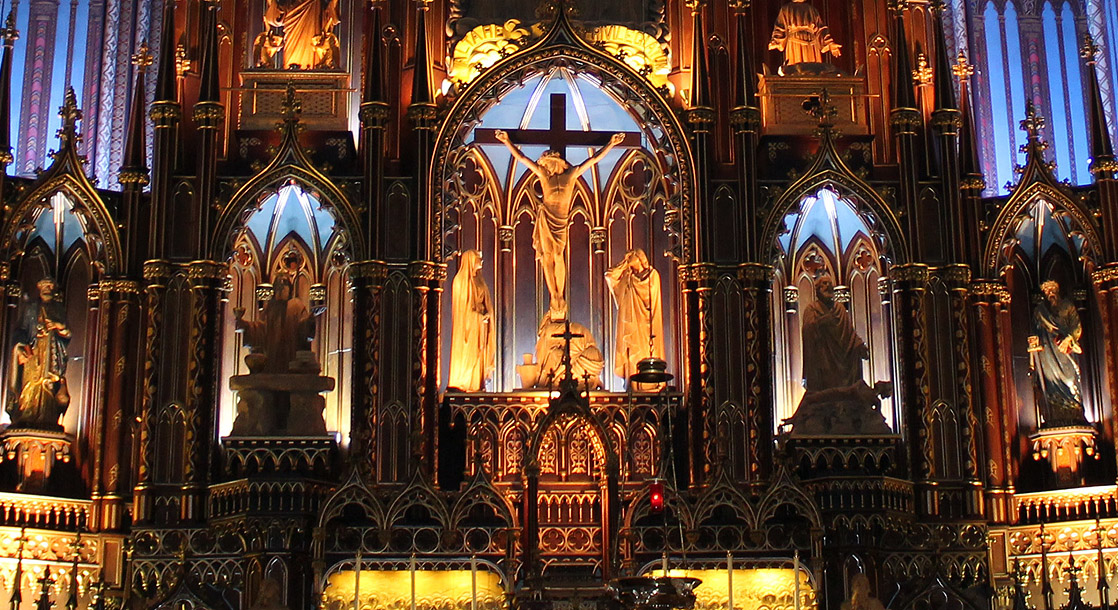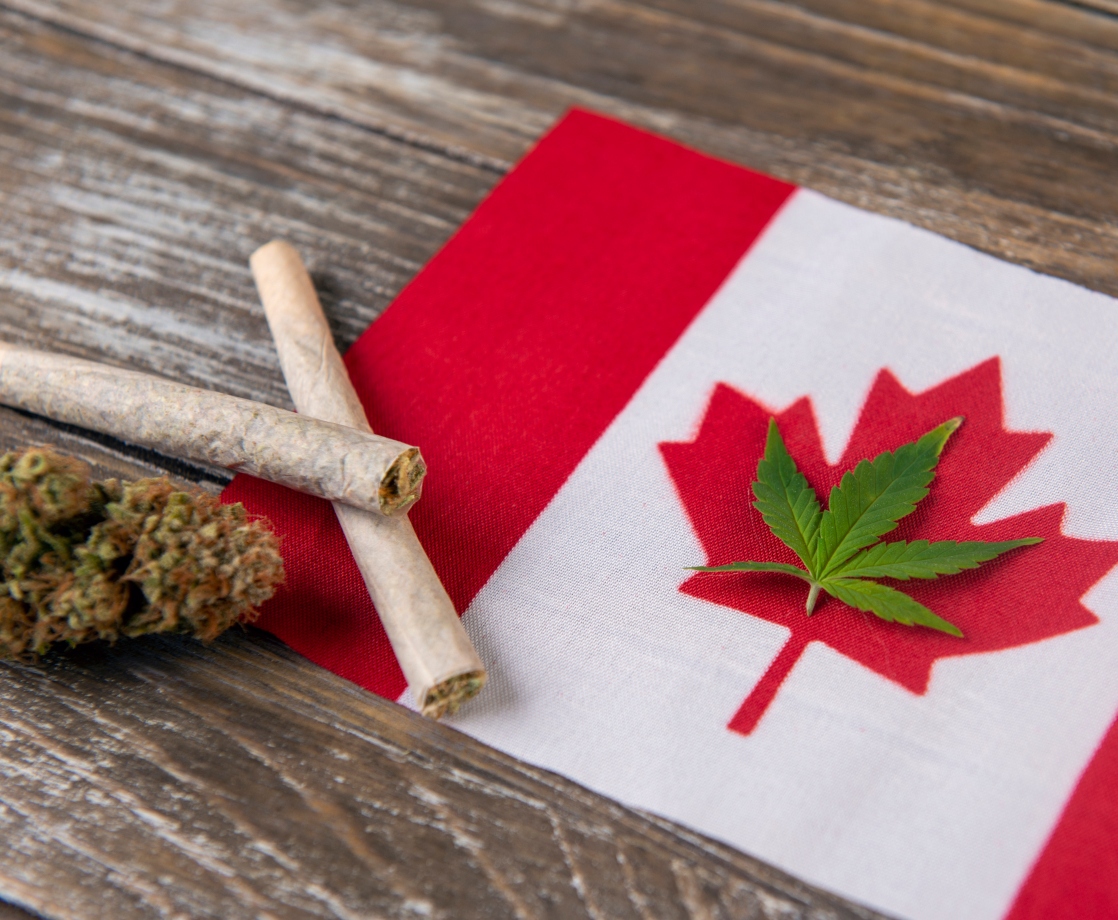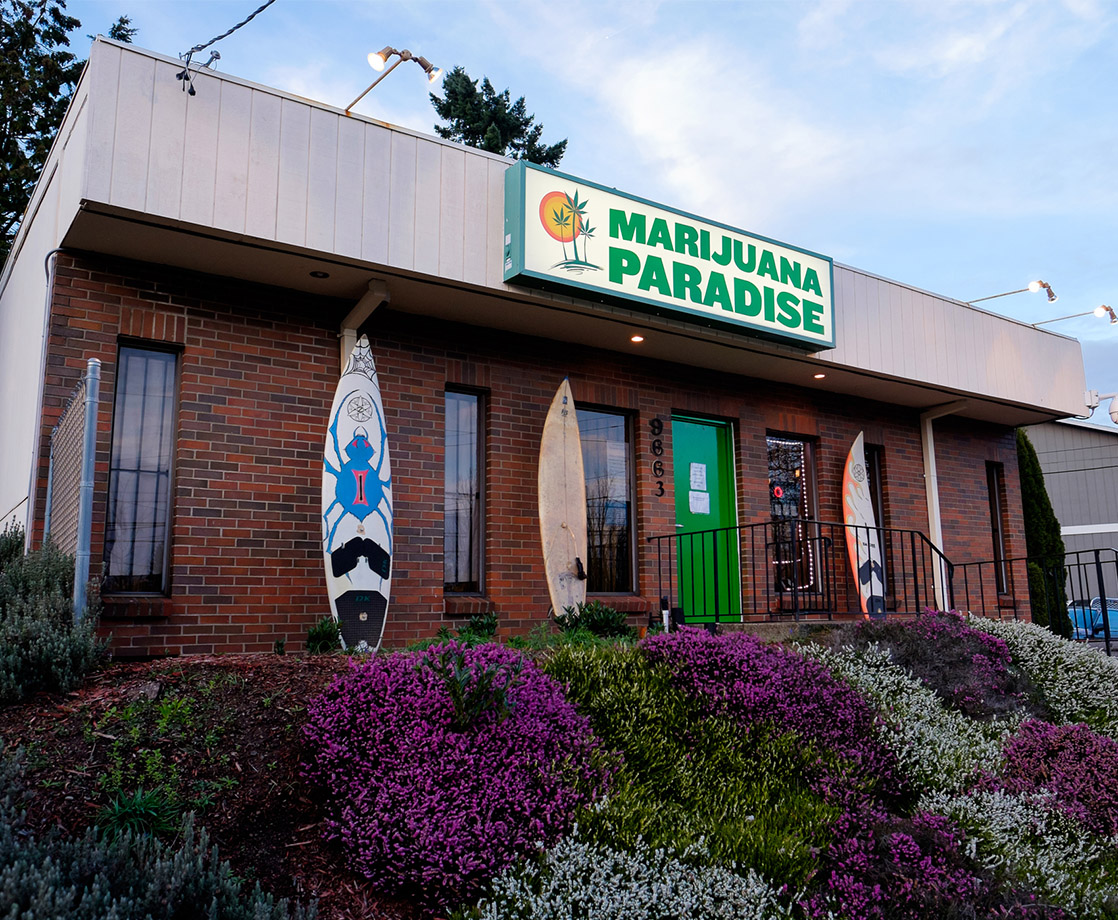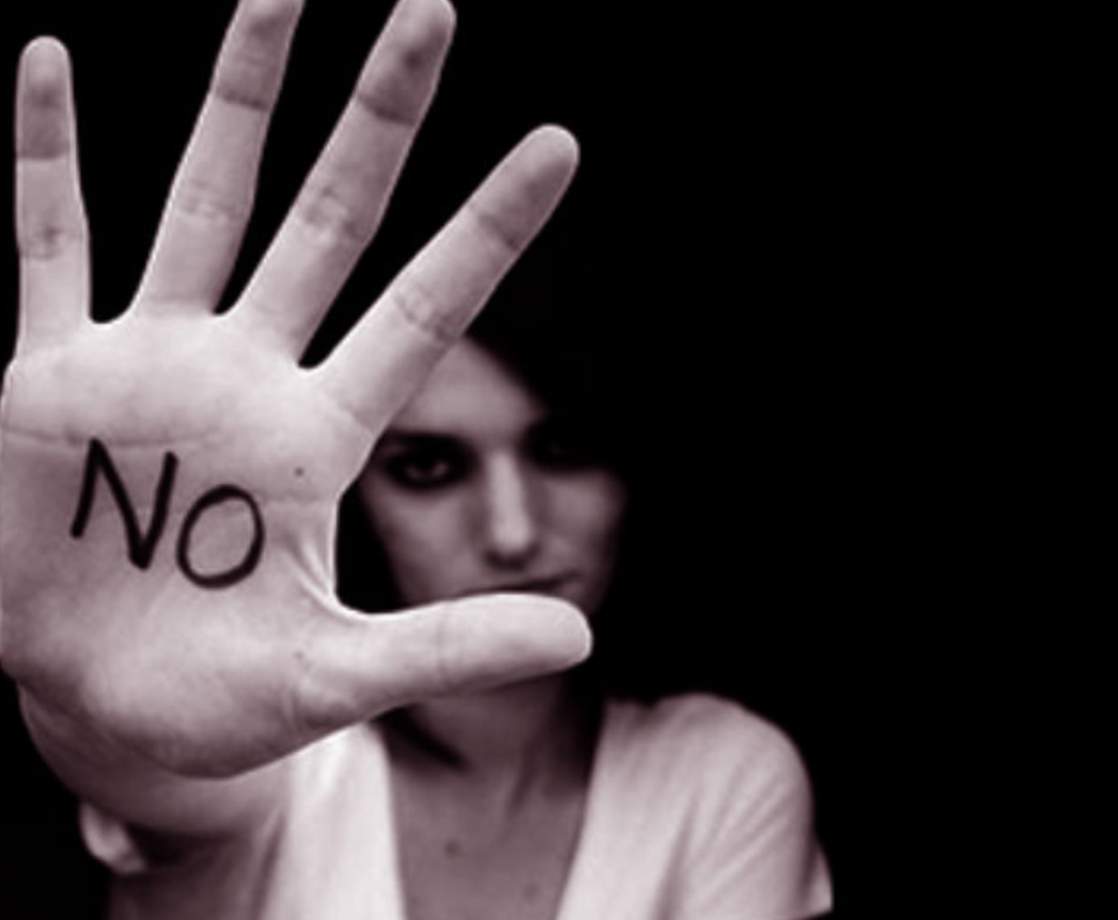Cover image via
The US opioid crisis has gotten so bad that even religious leaders are now calling for safe injection sites.
Last week, 150 religious leaders signed a letter calling for US Attorney General Merrick Garland to eliminate barriers that may prevent the creation of new overdose prevention centers. Such facilities, which provide clean drug paraphernalia and a safe, monitored private space to consume, have proven effective for saving lives.
In February, the Garland-run Department of Justice indicated that it may support safe injection sites — or, at least, that it would not take steps to shutter them.
“Although we cannot comment on pending litigation, the Department is evaluating supervised consumption sites, including discussions with state and local regulators about appropriate guardrails for such sites, as part of an overall approach to harm reduction and public safety,” the agency told the Associated Press.
Penned by Faith in Harm Reduction and Clergy for a New Drug Policy, the letter pinpoints a major risk factor for drug users as isolation—which has often been hard to avoid in recent years of COVID pandemic.
“Tragically, we know that far too often the reason that people die from an overdose is because they have no one to sit with them in the midst of their pain,” states the communication, which is available online in a Google Doc to which other faith leaders may add their signature.
“As people of faith we are called to respond with care before condemnation, compassion before judgment and to value the lives of all people regardless of if they use drugs,” it continues.
In a press release, individual faith leaders added their thoughts.
“As a minister, I know that people who use drugs are beloved by God, and that we will not end this overdose crisis until we center our shared humanity and commit to dismantling the racist war on people who use drugs,” stated Reverand Erica M. Poellet, who works with the National Harm Reduction Coalition and Overdose Prevention Ministries for National United Church of Christ in New York City. “Support for sanctuary spaces, such as Overdose Prevention Centers, are critical to this work for justice in partnership with people who use drugs and to ensuring that our loved ones have access to the compassionate life-saving and life-giving care they deserve.”
The United States has watched in horror as overdose deaths have hit record annual highs in recent years — deaths whose numbers have surpassed the lives lost to guns and car accidents combined.
Of course, overdose centers in North America do exist, operating in varying degrees of legality. The continent’s first officially-approved such facility, Insite, opened in 2003 in the overdose-strafed city of Vancouver, British Columbia. The city also has overdose prevention centers located in hospitals. In Mexico, a non-profit named Verter operates a women-only (due to limited resources) safe injection site referred to as “La Sala,” or “The Living Room.” It is the sole, semi-legal such facility in the country, and receives no support from the federal government.
The first two semi-legal safe injection sites in the United States opened in November of last year in New York City, and within three weeks reversed 60 overdoses. They continue to battle with the Department of Justice to keep their doors open.
After declaring a state of emergency due to skyrocketing drug overdose rates, the city of San Francisco opened a community resource center that is closed to the general public — but is said to be providing services akin to that of a safe injection site.
The San Francisco facility is already due to be closed at the end of the year.
Follow Caitlin on Instagram, and catch her Spanish-language podcast Crónica on Spotify and Mixcloud.











